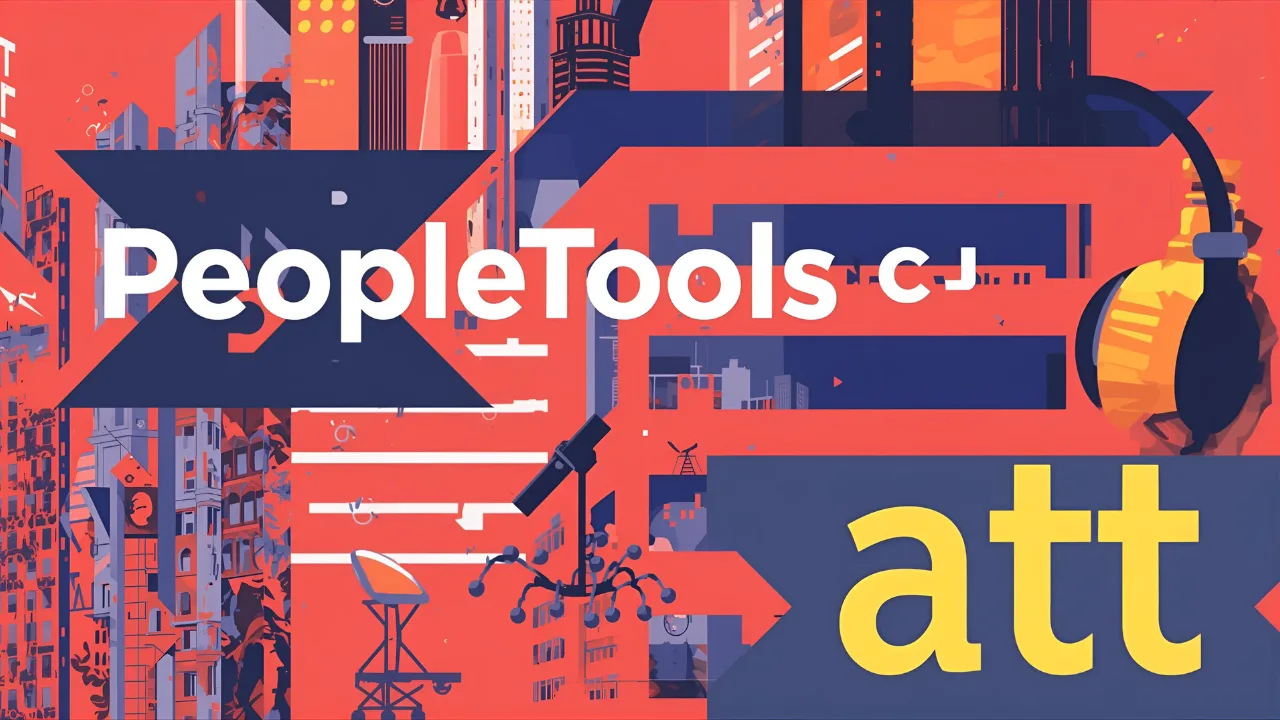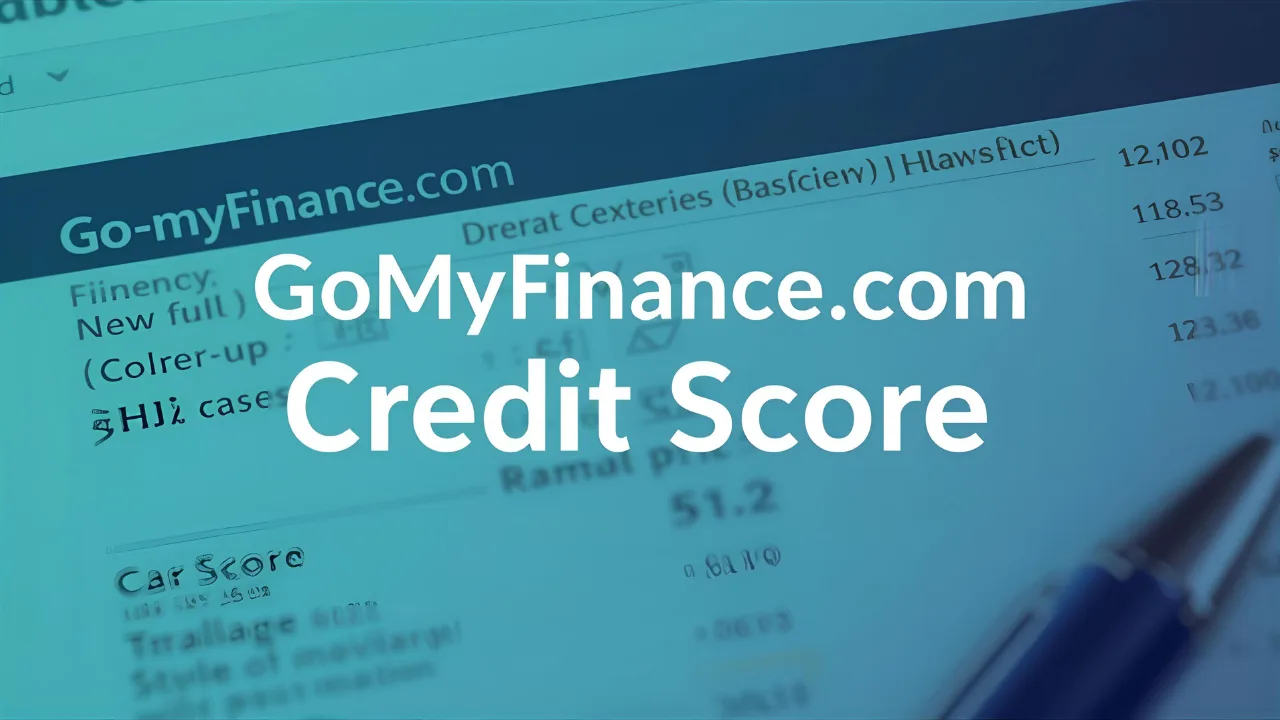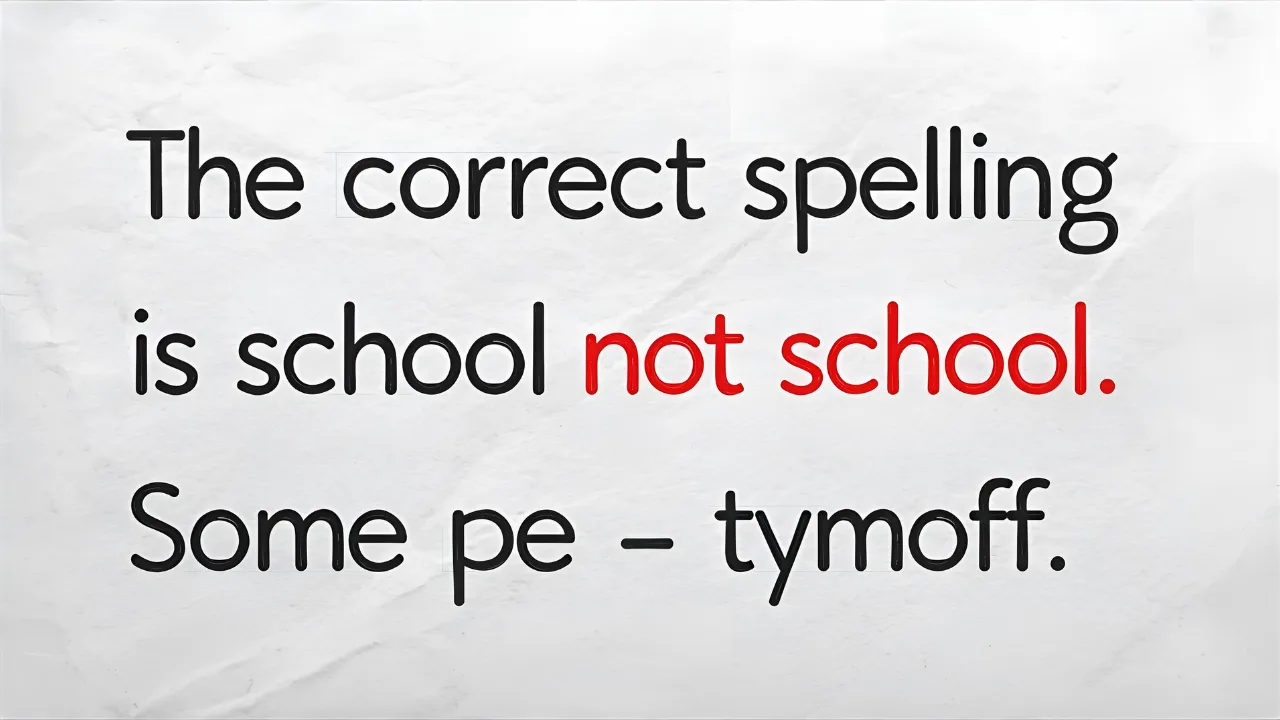The digital entertainment landscape has transformed dramatically, giving rise to unconventional streaming platforms.
The IP2 Network stands as one of the most controversial streaming aggregators in this space, offering unfiltered access to live IRL broadcasts that challenge conventional content guidelines.
What is IP2 Network and How Does It Work
The IP2 Network functions as a community-driven streaming aggregator rather than a traditional hosting platform. This decentralized directory compiles active IRL live streams from multiple sources including YouTube, Kick, Twitch, DLive, and RobotStreamer into one accessible location.
Unlike mainstream streaming services that host content on their own servers, the IP2 Network operates through two main websites: ip2.network and ip2.online. These sites serve as real-time directories where users can discover currently active broadcasts without the platform storing any video content directly.
The network relies on a lightweight Node.js backend that periodically updates embedded links to third-party streaming players. This technical architecture allows the platform to aggregate streams without requiring massive server infrastructure or content delivery networks.
IP2 Network Origins and Connection to Ice Poseidon
The IP2 Network emerged from the controversial streaming community surrounding Paul Denino, known online as Ice Poseidon. The name itself derives from “Ice Poseidon 2,” referencing the second iteration of his fanbase community.
Ice Poseidon gained prominence as a pioneer of IRL streaming, initially building his audience through Old School RuneScape content on Twitch before transitioning to real-life broadcasts. After facing a permanent ban from Twitch on April 28, 2017 following a swatting incident on American Airlines Flight 458, Denino moved his operations to YouTube.
The relationship between Ice Poseidon and the IP2 Network became complicated over time. On March 21, 2019, Denino’s Los Angeles residence was raided by the FBI, and his CX Network subsequently folded. Following this event, the IP2 community continued operating independently while distancing itself from Ice Poseidon.
The original Ice Poseidon subreddit and its successor r/Ice_Poseidon2 were both banned from Reddit in 2019 for violating harassment guidelines. The community then migrated to IP2Always.win on the .win network before establishing the current IP2 Network streaming directory.
Ice Poseidon Community Statistics
| Metric | Value | Date |
| Discord Members | 92,000 | April 2024 |
| Twitter Followers | 178,900 | September 2025 |
| FBI Raid Date | March 21, 2019 | – |
| Twitch Ban Date | April 28, 2017 | – |
| CX Network Closure | March 2019 | – |
Understanding IP2 Network Streaming Features
The IP2 Network provides several distinctive features that differentiate it from traditional streaming platforms:
Core IP2 Network Functionality
| Feature | Description |
| Live Stream Directory | Real-time listing of active streamers across platforms |
| Cross-Platform Aggregation | Combines streams from YouTube, Kick, Twitch, DLive, RobotStreamer |
| Community-Maintained Links | Users update and submit streaming links |
| Clip Sharing System | Archive and share notable moments from streams |
| Live Voting Widget | Community-driven content rating and reporting |
| Discussion Forums | Integrated chat and forum functionality |
| No Content Hosting | Acts solely as an aggregator, not a host |
Modern smartphones have become essential tools for consuming live streaming content. If you’re watching IP2 Network streams on mobile devices, having the right phone for streaming can significantly enhance your viewing experience with better displays and longer battery life.
Types of Content on IP2 Network Live Streams
The IP2 Network primarily showcases IRL streaming content that tends toward unpredictable and controversial subject matter. Common content categories include:
- Public street interactions and spontaneous social experiments
- Nightlife documentation and party coverage
- Travel streams featuring unscripted encounters
- Confrontational debates and discussions
- Unfiltered pranks and shock value content
- Documentary-style urban exploration
- Real-time viewer interaction and chat-influenced activities
The platform’s emphasis on authenticity and minimal restrictions attracts viewers seeking content that mainstream platforms typically restrict or prohibit.
IP2 Network vs Traditional Streaming Platforms
| Comparison Factor | IP2 Network | YouTube/Twitch | Kick/Rumble |
| Content Moderation | Minimal/Community-driven | Strict enforcement | Moderate guidelines |
| Content Hosting | Does not host | Direct hosting | Direct hosting |
| Platform Structure | Decentralized aggregator | Centralized platform | Centralized platform |
| Creator Freedom | Maximum flexibility | Limited by ToS | Moderate flexibility |
| Monetization | External/Direct donations | Ad revenue/Subscriptions | Revenue splits |
| Ban Evasion | Allows discovery | Not permitted | Case by case |
| Content Discovery | Manual/Community curated | Algorithm-driven | Algorithm-driven |
Understanding streaming platform differences becomes more relevant as services evolve. Just as Google TV transformed Android TV by building on existing infrastructure, the IP2 Network represents an evolution in how streaming content gets distributed and discovered.
Notable IP2 Network Streamers and Personalities
Several content creators have gained recognition through their association with the IP2 Network ecosystem:
Popular IP2 Network Content Creators
| Streamer Name | Content Style | Platform Presence |
| Ice Poseidon | IRL life streaming pioneer | Kick, formerly YouTube/Mixer |
| Hampton Brandon | Street confrontations | Various platforms |
| Chicken Andy | Interactive IRL streams | YouTube |
| DJ Panz | Unpredictable broadcasts | Multiple platforms |
| Burger Planet | Street-level urban content | YouTube |
| EBZ | Music performance and IRL | YouTube |
| Mexican Andy | Social experiments | YouTube |
These personalities maintain dedicated followings despite facing restrictions and bans from major streaming platforms. Their content typically emphasizes spontaneity and audience interaction over production quality.
How IP2 Network Streaming Directory Operates
The IP2 Network functions through collaborative community participation. The operational model includes:
Technical Infrastructure
The platform uses a scraper and user-submitted database to aggregate currently active IRL streams. When streamers begin broadcasting on platforms like YouTube or Kick, community members update the directory with new stream links.
The network’s architecture differs significantly from traditional platforms. Instead of massive content delivery networks, the IP2 Network employs a lightweight backend that periodically refreshes embedded links to third-party players.
Community Moderation System
Moderation within the IP2 Network operates through volunteer moderators who flag streams violating community guidelines. Each stream page features a live voting widget allowing users to report problematic content, which triggers automated alerts to moderators.
This decentralized moderation approach creates both opportunities for content freedom and challenges in maintaining acceptable standards. The system relies heavily on community self-regulation rather than corporate oversight.
IP2 Network Streaming Controversies and Concerns
The IP2 Network faces substantial criticism and scrutiny due to multiple problematic aspects that have emerged over its existence:
Major Issues with IP2 Network
| Concern Category | Specific Problems |
| Community Behavior | Organized harassment campaigns, targeted trolling |
| Content Safety | Dangerous stunts encouraged for entertainment |
| Moderation Gaps | Insufficient oversight of harmful content |
| Platform Evasion | Enables continued broadcasting after platform bans |
| Privacy Violations | Unauthorized filming of private individuals |
| Toxic Culture | Racist and discriminatory language normalized |
| Exploitation | Vulnerable individuals targeted for content |
Critics argue the network facilitates harassment and creates dangerous situations for both streamers and bystanders. The absence of centralized oversight allows harmful content to flourish without meaningful consequences.
The platform’s role in enabling banned creators to maintain visibility raises questions about accountability in decentralized streaming ecosystems. Many view the IP2 Network as circumventing platform safety measures designed to protect users.
IP2 Network Viewer Risks and Safety Considerations
Content within the IP2 Network streaming directory often contains mature and potentially harmful elements. Viewers should understand several risk factors:
Potential Exposure Risks
- Graphic violence or physical confrontations
- Substance abuse and drug-related content
- Offensive language and hate speech
- Sexual content and inappropriate behavior
- Privacy violations and unauthorized filming
- Mental health crises broadcast live
- Criminal activity documentation
The platform lacks content warnings, age verification, or filtering systems present on mainstream services. Viewers encounter unmoderated content that may violate terms of service on platforms where streams originate.
Parents should be particularly cautious, as the IP2 Network provides unrestricted access to content inappropriate for minors. The community culture often celebrates provocative and shocking material specifically designed to push boundaries.
Why People Watch IP2 Network Live Streams
Despite controversies surrounding the platform, the IP2 Network maintains a loyal and active viewership. Several factors explain its appeal:
Appeal Factors for IP2 Network Audiences
The unpredictable nature of IRL streaming creates compelling content that scripted programming cannot replicate. Viewers appreciate genuine reactions and spontaneous situations that feel authentic compared to heavily produced content.
Real-time interaction possibilities allow audiences to directly influence stream content through live chat. This participatory element creates stronger connections between streamers and viewers than passive consumption permits.
Many supporters view the IP2 Network as representing genuine free expression in an increasingly regulated digital environment. They perceive mainstream platform restrictions as censorship and value the network’s minimal content limitations.
The community aspect provides belonging for viewers who feel alienated from mainstream entertainment. Shared experiences watching controversial streams create bonds among community members who embrace counterculture values.
IP2 Network Content Moderation Challenges
The tension between content freedom and user safety presents ongoing challenges for the IP2 Network ecosystem:
Balancing Freedom and Safety
The platform’s minimal moderation philosophy creates an environment where boundaries constantly get tested. Without centralized authority, determining acceptable content relies on shifting community standards.
Volunteer moderators face difficult decisions when flagging content that may be legal but ethically questionable. The voting system can be manipulated by coordinated groups seeking to promote or suppress specific streamers.
Legal liability remains unclear for aggregator platforms that link to content hosted elsewhere. This gray area allows the IP2 Network to operate while distancing itself from direct responsibility for stream content.
As major platforms implement stricter policies, networks like IP2 increasingly serve as refuges for creators unable or unwilling to comply with mainstream guidelines. This dynamic concentrates controversial content in less regulated spaces.
Future of IP2 Network and Alternative Streaming
The trajectory of the IP2 Network depends on several evolving factors in the broader streaming landscape:
Emerging Platforms and Migration
Alternative streaming services like Kick and Rumble offer creators greater freedom than established platforms while maintaining some moderation standards. These services may attract IP2-affiliated streamers seeking better monetization with fewer restrictions.
The rise of Web3 technologies and blockchain-based platforms could provide new infrastructure for decentralized streaming. Such developments might enable IP2-style networks with improved technical capabilities and governance models.
Legal and Regulatory Pressures
Increased scrutiny of online platforms regarding content moderation and user safety may extend to aggregator services. Potential regulations could force operational changes or push the network further underground.
Platform liability laws evolving internationally might impact how the IP2 Network functions. Jurisdictional questions become complex when aggregating content from multiple platforms and countries.
Community Evolution
As the original Ice Poseidon community ages and disperses, the IP2 Network faces questions about sustaining engagement with new audiences. The platform’s notorious reputation may limit mainstream growth while preserving its core identity.
Creator burnout from maintaining controversial personas presents challenges for long-term content sustainability. The platform needs fresh personalities willing to embrace its culture while managing associated risks.
IP2 Network and Digital Ethics in Streaming
The IP2 Network exemplifies broader tensions in digital media between freedom of expression and responsible content creation:
Philosophical Questions
Should platforms actively curate content or merely provide infrastructure for user choice? The IP2 Network represents the latter philosophy, prioritizing access over protection.
At what point does aggregating content create responsibility for that content’s impact? This question becomes increasingly relevant as the line between hosting and linking blurs.
Can community-driven moderation effectively balance competing values at scale? The IP2 Network serves as a test case for decentralized governance models in streaming.
Industry Impact
Mainstream platforms observe alternative networks to understand creator and viewer motivations. This intelligence informs policy decisions and feature development.
The existence of unrestricted alternatives like the IP2 Network potentially reduces pressure on major platforms to loosen restrictions. Creators seeking absolute freedom have exit options, allowing mainstream services to maintain stricter standards.
IP2 Network Technical Architecture Explained
Understanding the technical foundation of the IP2 Network provides insight into its operational capabilities and limitations:
Backend Infrastructure
The platform utilizes Node.js for its lightweight backend architecture. This technology choice prioritizes rapid updates and minimal server requirements over complex features.
Stream aggregation occurs through web scraping and API integration with various platforms. The system identifies active broadcasts and compiles viewing links without storing actual video data.
Frontend User Experience
The web interface emphasizes functionality over aesthetic polish. Stream listings update in real-time with basic metadata including viewer counts, stream duration, and platform source.
Embedded players load content directly from host platforms, meaning the IP2 Network never handles actual video streaming. This approach minimizes bandwidth costs and technical complexity while maintaining legal distance from hosted content.
IP2 Network Alternatives and Similar Platforms
While the IP2 Network occupies a unique niche, several comparable services exist in the streaming ecosystem:
Related Streaming Aggregators
Holodex aggregates VTuber streams across platforms but focuses on family-friendly anime avatar content. This represents the opposite end of the content spectrum from IP2.
StreamerBans tracks banned creators across platforms but does not aggregate their current streams. The site focuses on documentation rather than content access.
LivestreamFails subreddit curates drama and notable moments from major streaming platforms. While it documents controversial content, the community operates within Reddit’s moderation framework.
Platform Migration Patterns
Creators banned from mainstream platforms typically migrate through a predictable pattern: Twitch to YouTube to Kick/Rumble to IP2 Network visibility. Each step represents reduced restrictions and audience size.
This migration reflects broader internet trends toward fragmentation based on content philosophy and moderation preferences. Users increasingly cluster in spaces aligned with their values rather than universal platforms.
FAQs
What is IP2 Network and how does it differ from YouTube or Twitch?
The IP2 Network is a streaming aggregator that compiles links to IRL live streams from multiple platforms including YouTube, Kick, and Twitch. Unlike traditional streaming platforms that host content on their own servers, the IP2 Network does not store or host any videos. Instead, it functions as a community-maintained directory that provides links to active broadcasts. The network features minimal content moderation compared to mainstream platforms and allows discovery of creators who have been banned from major services.
Who created IP2 Network and what is its connection to Ice Poseidon?
The IP2 Network emerged from the fanbase of controversial IRL streamer Ice Poseidon, whose real name is Paul Denino. The name “IP2” stands for “Ice Poseidon 2,” originating from the r/Ice_Poseidon2 subreddit created after the original Ice Poseidon subreddit closure. Following an FBI raid on Denino’s residence on March 21, 2019 and the subsequent collapse of his CX Network, the IP2 community continued operating independently. The network now functions separately from Ice Poseidon, though it maintains its origins in his streaming community.
Is IP2 Network legal and safe to use?
The IP2 Network operates in a legal gray area as a streaming aggregator. Since it does not host content directly but rather links to streams on other platforms, it maintains legal distance from the actual broadcasts. However, the content featured on the network often includes material that violates terms of service on host platforms. Safety concerns include exposure to unmoderated content featuring violence, harassment, substance abuse, and privacy violations. The platform lacks age verification, content warnings, or filtering systems present on mainstream services.
How does the IP2 Network moderation system work?
The IP2 Network employs a community-driven moderation system using volunteer moderators who flag streams for policy violations. Each stream page features a live voting widget allowing users to report problematic content, which triggers automated alerts to moderators. This decentralized approach differs from centralized corporate moderation teams used by mainstream platforms. The system relies heavily on community self-regulation, which creates both opportunities for content freedom and challenges in maintaining consistent standards.
Can streamers make money through IP2 Network?
The IP2 Network itself does not provide direct monetization features since it only aggregates links rather than hosting content. Streamers featured on the network typically earn income through the platforms where they actually broadcast, such as YouTube Super Chats, Kick subscriptions, or direct donations via payment processors. Many IP2-affiliated creators rely on cryptocurrency tips, merchandise sales, and direct fan donations to generate revenue outside traditional platform monetization systems.
What type of content is typically found on IP2 Network streams?
The IP2 Network primarily features IRL streaming content including public street interactions, spontaneous social experiments, nightlife documentation, travel streams with unscripted encounters, confrontational debates, unfiltered pranks, and urban exploration. The content tends toward unpredictable and controversial subject matter that mainstream platforms typically restrict. Common themes include shock value content, viewer-influenced activities, and situations that push boundaries of acceptable broadcasting standards.
Why do people choose to watch IP2 Network instead of mainstream platforms?
Viewers are attracted to the IP2 Network for several reasons including the unpredictable nature of unfiltered IRL streaming, real-time interaction possibilities where audiences directly influence content, authentic reactions and spontaneous situations, and minimal content restrictions compared to regulated platforms. Many supporters view the network as representing genuine free expression and value its counterculture identity. The community aspect provides belonging for viewers who feel alienated from mainstream entertainment options.
What are the main controversies surrounding IP2 Network?
The IP2 Network faces criticism for enabling organized harassment campaigns, promoting dangerous situations for entertainment value, lacking sufficient content oversight, allowing platform ban evasion, facilitating privacy violations through unauthorized filming, normalizing toxic community behavior including racist language, and potentially exploiting vulnerable individuals for content. Critics argue the platform circumvents safety measures designed to protect users and creates environments where harmful content flourishes without meaningful accountability.
How does IP2 Network compare to platforms like Kick and Rumble?
While Kick and Rumble offer more creator freedom than YouTube or Twitch, they still function as centralized platforms with direct content hosting and some moderation standards. The IP2 Network differs fundamentally as a decentralized aggregator that does not host content. Kick and Rumble provide revenue-sharing models and platform infrastructure, while the IP2 Network simply links to streams wherever they exist. However, many IP2-affiliated creators also stream on Kick and Rumble as alternative platforms with fewer restrictions.
What is the future outlook for IP2 Network streaming?
The future trajectory of the IP2 Network depends on evolving platform policies, potential legal regulations, community sustainability, and technical developments. As major platforms tighten content restrictions, the network may attract more creators seeking unregulated broadcasting options. However, increased scrutiny of online platforms regarding user safety could force operational changes or push the network further underground. The rise of Web3 technologies might enable new infrastructure for decentralized streaming networks with improved capabilities.




